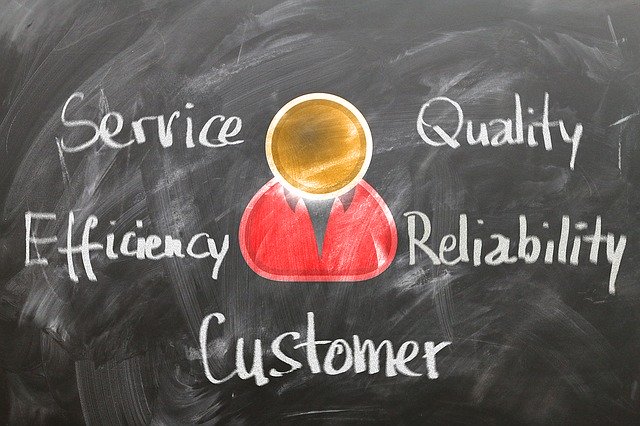It’s well known that retaining a customer is 5-25 times cheaper than acquiring a new one, and that repeat customers will spend around 7 times more than a new customer. So, for companies looking to grow, customer retention needs to be a priority, and not secondary to acquisition strategies. Here are six tips to help you increase your customer retention.

1. Benchmark And Monitor
The first step when looking at your customer retention strategy should be to benchmark and monitor the current state of play. Key Performance Indicators (KPIs) can vary based on business size and business model but, generally, you will want to look at the following:
- Customer churn rate
- Customer retention rate
- Repeat purchase rate
Although it varies between industries, it’s generally recognised that a good retention rate is somewhere between 80%-90%. By benchmarking your current performance, this can help you measure the effects of any new customer retention strategies and initiatives implemented.
2. Analyze Your Customer Touchpoints
One of the simplest ways of finding opportunities to improve your retention strategy is to start with creating a map of your customer touchpoints.
Starting with their first interactions with your brand, map out your general customer journey until the point that they leave or purchase again. This can include interactions such as seeing an ad, viewing your website and your post-purchase communications.
Once you have a customer journey mapped out, you then need to analyse some ways to improve the journey. Are there trends in the number of people who use live chat between purchasing and receiving their item? Is there a trend of customers who get in touch having the same problem with your item, or asking the same questions ahead of purchasing?

These touchpoints and trend analyses will help you to better understand the journey your customers take with your business, and to find ways to make these simpler and easier both pre- and post-purchase, helping to increase customer retention.
3. Drive Customer Engagement
A real focal point when considering customer retention should be customer engagement. Once a purchase is complete, how are you driving customer engagement? Do customers never hear from you again, do they receive weekly emails or do they engage with you on social media? This will be answered by your previous customer journey mapping exercise.
When a customer is engaged with your brand, this correlates with a higher retention rate and a reduction to customer churn. Engaged customers go on to purchase again, and will often give word-of-mouth referrals – a powerful form of organic marketing for your business.
While the pre-purchase journey is important, customer retention is generally decided in the post-purchase phase: from the moment they purchase your product onwards. So while this absolutely includes your communications and customer service after they’ve purchased, this also includes their experience with your product or service itself.
4. Ask For Feedback
Although sometimes daunting, you can make the feedback gathering process simple by using automated surveys. You can ask for feedback on the checkout process, the product itself and on your customer service team. By using quick and simple surveys, this can give you an idea of trends and the areas which require improvement in your customer’s journey with you. You can also ask if they would recommend you to a friend or family member, helping you to gauge brand advocacy and loyalty, and giving you a benchmark to work with.
5. Make It Personal
A low-cost way of improving your customer communications is by making them personal and offering personalised experiences. A simple way to do this is by segmenting your database by different groups such as:
- Purchase history
- Average order value
By sending tailor-made communications to each of these groups, you’ll create a personalized experienced for your customers, demonstrating that you understand their wants and needs.
For example, by knowing your customers’ purchase history, you can recommend other products that will complement the products they currently have, giving you up-sell and cross-sell opportunities. Sending a blanket email about one of your products won’t drive universal engagement (and may irritate those who have already purchased that product), but by emailing your customers who you know might need it based on their history with you, you’ll create a tailored customer experience.

6. Reward Your Loyal Customers
Finally, one of the best ways of driving brand advocacy and retention is by rewarding your loyal customers. This can be established by CLV or repeat purchase rate, but by giving your brand advocates additional rewards such as early sales access, discount codes or loyalty schemes, you can drive brand loyalty for the longer term.
By taking stock of your current situation and implementing initiatives to support and reward your customers, you can improve your customer retention rate.
